Friday, a Russian SU-27 did a barrel roll over a U.S. RC-135 over the Baltic, the second time in two weeks.
Also in April, the U.S. destroyer Donald Cook, off Russia's Baltic enclave of Kaliningrad, was twice buzzed by Russian planes.
Vladimir Putin's message: Keep your spy planes and ships a respectable distance away from us. Apparently, we have not received it.
Friday, Deputy Secretary of Defense Robert Work announced that 4,000 NATO troops, including two U.S. battalions, will be moved into Poland and the Baltic States, right on Russia's border.
"The Russians have been doing a lot of snap exercises right up against the border with a lot of troops," says Work, who calls this "extraordinarily provocative behavior."
But how are Russian troops deploying inside Russia "provocative," while U.S. troops on Russia's front porch are not? And before we ride this escalator up to a clash, we had best check our hole card.
Germany is to provide one of four battalions to be sent to the Baltic.
But a Bertelsmann Foundation poll last week found that only 31 percent of Germans favor sending their troops to resist a Russian move in the Baltic States or Poland, while 57 percent oppose it, though the NATO treaty requires it.
Last year, a Pew poll found majorities in Italy and France also oppose military action against Russia if she moves into Lithuania, Latvia, Estonia or Poland. If it comes to war in the Baltic, our European allies prefer that we Americans fight it.
Asked on his retirement as Army chief of staff what was the greatest strategic threat to the United States, Gen. Ray Odierno echoed Marine Corps Gen. Joseph Dunford, "I believe that Russia is."
Recommended
He mentioned threats to Estonia, Latvia, Lithuania and Ukraine.
Yet, when Gen. Odierno entered the service, all four were part of the Soviet Union, and no Cold War president ever thought any was worth a war.
The independence of the Baltic States was one of the great peace dividends after the Cold War. But when did that become so vital a U.S. interest we would go to war with Russia to guarantee it?
Putin may top the enemies list of the Beltway establishment, but we should try to see the world from his point of view.
When Ronald Reagan met Mikhail Gorbachev in Reykjavik in 1986, Putin was in his mid-30s, and the Soviet Empire stretched from the Elbe to the Bering Strait and from the Arctic to Afghanistan.
Russians were all over Africa and had penetrated the Caribbean and Central America. The Soviet Union was a global superpower that had attained strategic parity with the United States.
Now consider how the world has changed for Putin, and Russia.
By the time he turned 40, the Red Army had begun its Napoleonic retreat from Europe and his country had splintered into 15 nations.
By the time he came to power, the USSR had lost one-third of its territory and half its population. Kazakhstan, Kyrgyzstan, Tajikistan, Uzbekistan, Turkmenistan, Georgia, Armenia and Azerbaijan were gone.
The Black Sea, once a Soviet lake, now had on its north shore a pro-Western Ukraine, on its eastern shore a hostile Georgia, and on its western shore two former Warsaw Pact allies, Bulgaria and Romania, being taken into NATO.
For Russian warships in Leningrad, the trip out to the Atlantic now meant cruising past the coastline of eight NATO nations: Estonia, Latvia, Lithuania, Poland, Germany, Denmark, Norway and Great Britain.
Putin has seen NATO, despite solemn U.S. assurances given to Gorbachev, incorporate all of Eastern Europe that Russia had vacated, and three former republics of the USSR itself.
He now hears a clamor from American hawks to bring three more former Soviet republics -- Moldova, Georgia and Ukraine -- into a NATO alliance directed against Russia.
After persuading Kiev to join a Moscow-led economic union, Putin saw Ukraine's pro-Russian government overthrown in a U.S.-backed coup.
He has seen U.S.-funded "color-coded" revolutions try to dump over friendly regimes all across his "near abroad."
"Russia has not accepted the hand of partnership," says NATO commander, Gen. Philip Breedlove, "but has chosen a path of belligerence."
But why should Putin see NATO's inexorable eastward march as an extended "hand of partnership"?
Had we lost the Cold War and Russian spy planes began to patrol off Pensacola, Norfolk and San Diego, how would U.S. F-16 pilots have reacted? If we awoke to find Mexico, Canada, Cuba, and most of South America in a military alliance against us, welcoming Russian bases and troops, would we regard that as "the hand of partnership"?
We are reaping the understandable rage and resentment of the Russian people over how we exploited Moscow's retreat from empire.
Did we not ourselves slap aside the hand of Russian friendship, when proffered, when we chose to embrace our "unipolar moment," to play the "great game" of empire and seek "benevolent global hegemony"?
If there is a second Cold War, did Russia really start it?
COPYRIGHT 2016 CREATORS.COM

















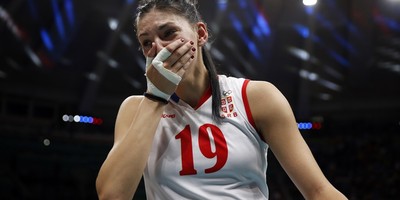

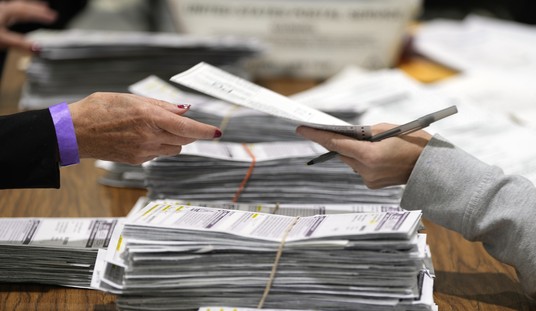

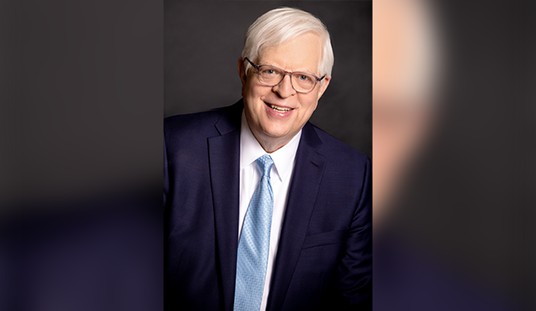
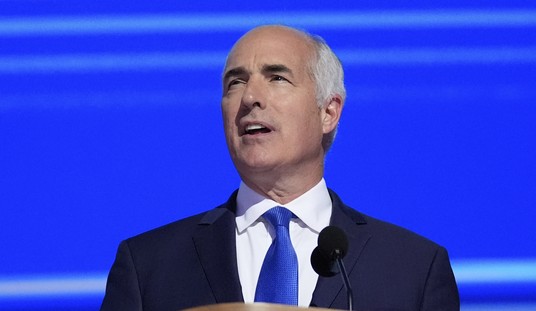
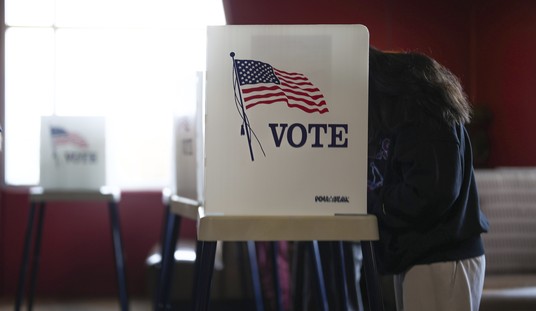
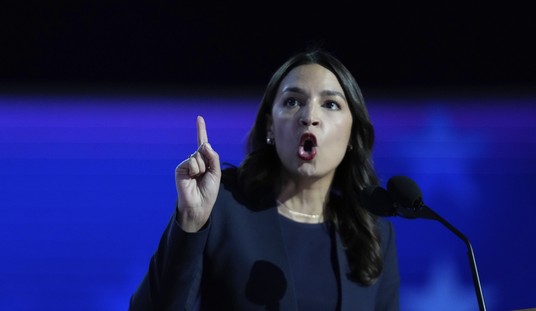
Join the conversation as a VIP Member